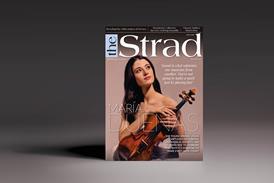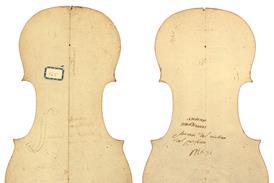The Argentinian cellist recalls the genesis of her latest album, a partnership of equals with mezzo-soprano Cecilia Bartoli – and how their disparate talents played off each other

This is an extract from a longer Session Report article in The Strad’s January 2018 issue. Download now on desktop computer or via the The Strad App, or buy the print edition
The repertoire on Dolce Duello represents the evolution of the cello from basso continuo to a real solo instrument. We start with Domenico Gabrielli … the cello obbligato in the aria ‘Aure voi, de’ miei sospiri’ from his opera San Sigismondo, re di Borgogna has just a few notes and there are important parts for the theorbo and the violin – it’s like a small concerto grosso. What’s most interesting and most difficult is seeing how few notes there are when you open your part. For musicians like me who started outside this repertoire, and don’t have 20 years’ experience of it, this is a challenge: so much has to come from you and from your improvisatory ideas.
In the arias by Caldara and Porpora, which have never been recorded before, you can hear how the cello becomes a voice in its own right. The aim of these composers was to write instrumental music that approached the sound of the human voice as closely as possible. Even after years of working to make my cello sing, and to create a real legato, this is still something I focus on: to try to forget I am a cellist.
Finally we arrive at Boccherini’s D major Cello Concerto, where the cellist is a virtuoso in her own right.
To read the full Session Report, download The Strad’s January 2018 issue on desktop computer or via the The Strad App, or buy the print edition
Interview by Peter Quantrill





























No comments yet